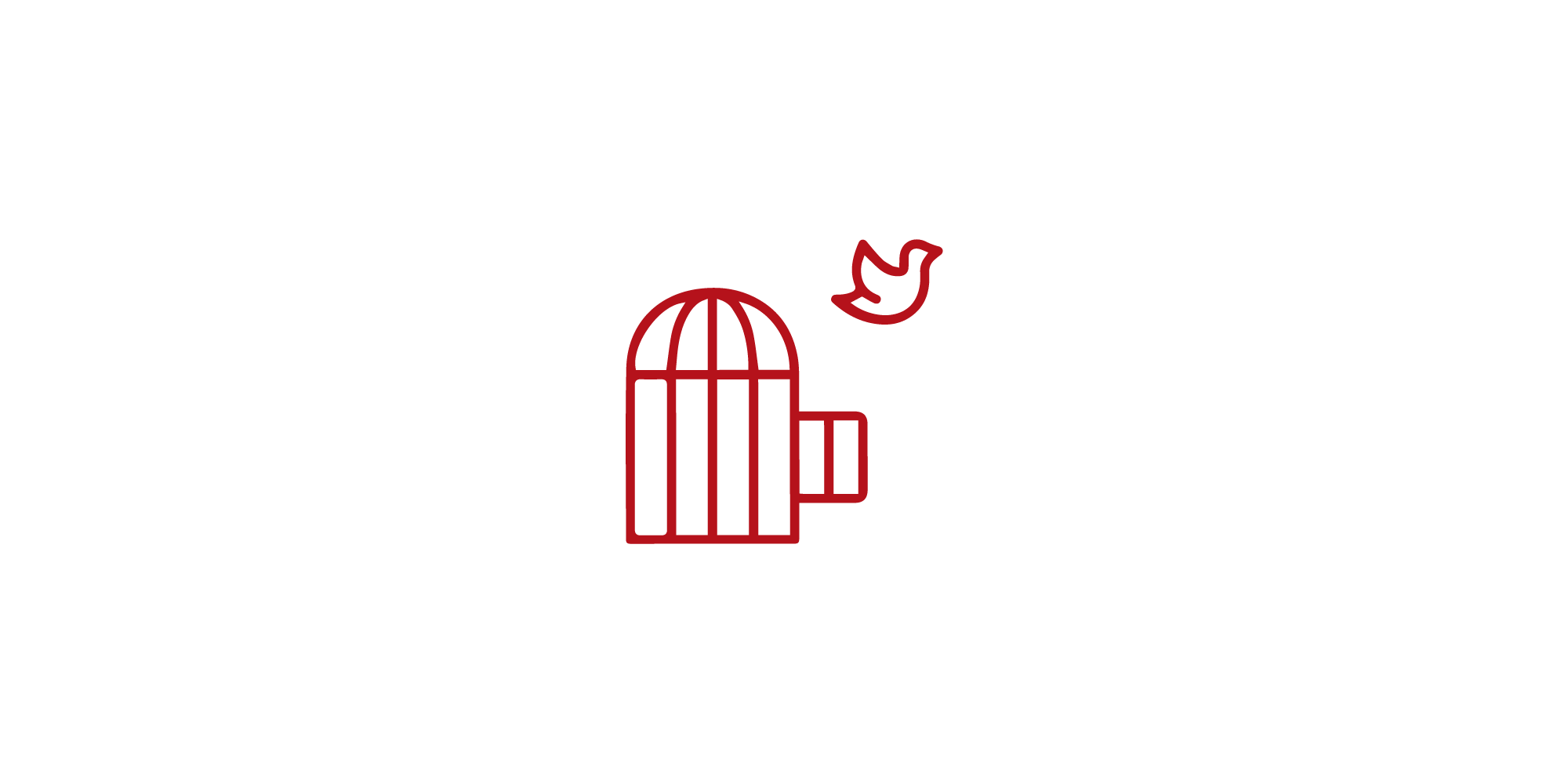Letter to Clients: 2nd Quarter 2014
“Everyone wants to ride with you in the limo, but what you want is someone who will take the bus with you when the limo breaks down.”
—Oprah Winfrey, media proprietor and philanthropist
Dear Clients and Friends:
There were three major themes that dominated headlines in the first quarter of 2014: emerging-market jitters early in the quarter, Russia’s incursion into Ukraine, and the long and brutal winter. The first two are both international issues and for our purposes can be lumped into the same category.
Despite a January hiccup most of the major indexes climbed as the quarter wore on with the broad-based S&P 500 Index claiming new highs in late February and into March.
Problems in countries like Turkey and Argentina generated eerie reminders of the 1997-98 currency crisis that rocked emerging markets. But those taking a more sanguine approach, including the International Monetary Fund, argued that most emerging markets are far less vulnerable than they were in the ’90s. In the meantime China, the 800-pound gorilla of developing economies, has been hit by a rash of soft economic data. Some of it may simply be seasonal swings tied to the Chinese New Year, but cracks in its financial system bear watching.
The Russian bear growls
Understandably, investors grow concerned when unexpected geopolitical instability like that in Ukraine creates unwanted market volatility. Around-the-clock news gladly feeds us a steady diet of disturbing photos to fuel that angst.
But unless there is a significant escalation of tensions, or a harsh round of sanctions against Russia prompts an in-kind response that impacts the global economy, it seems unlikely we’ll experience any long-lasting turmoil in financial markets. Cooler heads that typically prevail following a crisis are a reminder that long-term plans crafted to achieve specific goals shouldn’t be altered or discarded when international waters become choppy.
The Federal Reserve and winter
Much of the country has just experienced a very rough winter, something the Federal Reserve acknowledged at its March meeting. Following its March meeting, the Fed signaled interest rates could remain low for quite some time. Fed officials did not provide any explicit reasoning as to why they may continue to hold rates below what might be considered normal, even though the economy is running on all cylinders. Maybe it’s something as simple as thinking the economy can’t bear normal interest rates because of the deep wounds inflicted by the steep recession and the 2008 financial crisis.
Bottom line on rates
All of this has major ramifications for short-term, interest-bearing investments that many families and retirees came to depend on prior to the Great Recession. Longer-term rates, well, that’s a different animal. While the Fed can set the fed funds rate giving it an enormous amount of influence over short-term interest rates, it can only hope to create an environment that will hold down longer-term rates which it believes will encourage economic activity and hiring.
Since the economic recovery officially began in the second half of 2009, the Fed has done a good job of keeping longer-term bond yields at low levels. That is a major reason we’ve adjusted and now look to other investments, rather than bonds, to produce income.
The U.S. economy is resilient
Why invest in stocks? It’s a simple question that begs for a simple answer. Stocks are an important part of a portfolio because they provide the potential for longer-term capital appreciation and many companies, especially in today’s low-rate environment, offer income that is competitive with bonds.
Legendary investor Warren Buffett takes a more philosophical approach, basing his pro-stock argument on the strength and resiliency of the U.S. economy:
My impression is that the American economy, for five years, has been moving at a fairly steady rate, upwards, but not as fast as people would like. But, I think that absolutely continues now…. If you have 1% population growth and 2% gain in output, it means that in a generation, you have a 20% gain of output per capita in the country. At any other time in the history of the world, almost, that would have been Nirvana.
Stocks may rise this year or they may not rise. However, they have always moved higher over extended periods. Simply put, it’s a good bet the U.S. economy will expand over time, boosting sales and corporate profits which increases the odds most firms will boost dividends.
Let’s be clear, we will eventually see another economic downturn but the economy has always recovered from every recession and then some. Honestly, a wager against the long-term health of the U.S. economy has been a loser’s bet since the founding of the republic.
But, you may ask, what about all the issues the country is dealing with? We have too much debt, the Federal Reserve is printing too much money, Congress is gridlocked and can’t get anything done, and our standing in the world isn’t what it used to be.
True, but the U.S. is also the world’s largest economy. Our capital markets are the deepest and most transparent in the world. Despite the shenanigans in D.C., we have one of the world’s most stable democracies—probably the most stable. All of these elements create an environment that attracts foreign capital especially from those who reside in less stable parts of the world.
Meanwhile, the U.S. continues to lead the world in innovation and students around the globe still clamor to study in the U.S. at some of the best universities in the world. American innovation and entrepreneurship have been and will likely continue to be robust—just look at the corporate giants that were born over the last decade.
All this is not a great marketing pitch for the USA but it is part of the reason we should hold U.S. stocks.
Navigating the pitfalls
Last year we experienced a surge in equities. The S&P 500 Index posted an impressive gain in 2013, rising 30%. It’s just human nature that some of investors must be thinking, “Why isn’t my portfolio up 30% too?” or you might be feeling unsettled because “my golfing buddy sank a whole bunch of cash into LinkedIn and he’s not shy about sharing his ‘investment prowess.'”
Our focus is on the long term. Two key inputs that guide your portfolio are your financial goals and your tolerance for risk. Last year was a banner year but equities never rise in a straight line and 2013 also had significant volatility as the following table reflects:
Just remember the childhood fable of the tortoise and the hare—this isn’t a one-year sprint. It’s important to keep your eyes on the prize—your long-term financial goals—and not get caught up in a reckless strategy that generates too much risk.
A diversified portfolio, which includes investments other than purely stocks, has historically exhibited a greater degree of stability. It may not always soar to the peaks but diversification tries to avoid the lows of the inevitable valleys. Furthermore, when the environment for equities becomes less fertile we may recommend more defensive measures that also reduce some of our exposure.
What does all of this mean for you?
1. Stick with the plan
Decisions made in haste are rarely beneficial. Markets were a little rocky early in the quarter, thanks in large part to some profit-taking that was inspired by anxieties in the developing economies. But remember, stocks never rise in a straight line. A sell-off that amounted to barely more than 5% for the S&P 500 Index would simply be considered “noise” by most analysts.
The same could be said of the one-day sell-off tied to the early uncertainties over the Russia/Ukraine situation. We have crafted your diversified portfolio with your financial goals and tolerance for risk in mind.
2. One more comment about last year’s steep market rally
A balanced portfolio that included a healthy division of stocks and income producing assets would have been hard pressed to keep up with “the running of the bulls” last year. The major market averages are 100% stocks, period. For most folks, that’s far too aggressive. We recommend you include asset categories with investment returns that move up and down under different market conditions within a portfolio since it helps to reduce the odds of significant losses.
Historically, the returns on stocks, bonds, and market alternatives have not moved up and down at the same time. Market conditions that cause one asset category to do well often cause another asset category to have average or poor returns. By taking a more balanced approach, you’ll reduce the risk that you will lose money and your portfolio’s overall investment returns should have a smoother ride. Those who are running with the bulls will inevitably get gored. Remember your golfing buddy’s success with LinkedIn? Since late summer, traders have shaved nearly 40% off that stock’s value.
3. Rebalance
Anytime we see a big run-up in any market segment, portfolios can exceed their target asset allocation. In order to reduce significant fluctuations in your portfolio, we periodically rebalance portfolios to bring asset allocation back in line with target ratios.
If your personal situation has changed, let’s talk and see how we might be able make some adjustments. Options may include a more conservative portfolio or possibly establishing new allocation targets. Managing risk is a critical component of any investment portfolio.
I hope that you have found this summary to be both educational and helpful. If you have any questions, please feel free to reach out and give me a call or send an email. As always, I am honored and humbled that you have entrusted me with your finances. I truly appreciate the opportunity to help you realize your financial goals.
Sincerely,
Art Dinkin, CFP®


















